Recommendation Tips About How To Detect A Learning Disability
:max_bytes(150000):strip_icc()/mixed-race-boy-reading-book-at-desk-532030811-59cae4de845b3400111d7795.jpg)
Trouble with reading and writing struggling with reading and writing can be a sign of learning differences like dyslexia.
How to detect a learning disability. Early detection and early intervention for learning disabilities. How are learning disabilities diagnosed? Lack of enthusiasm for reading or writing trouble memorizing things working at a slow pace trouble following directions.
A child with a learning disability will undergo a variety of tests to determine what the problem is. Trouble in learning the alphabet, numbers, colours, shapes, days of the week. The following checklist can help you detect if your child has a learning disorder:
However, the following may be signs of a learning disorder: Difficulty in controlling crayons, pencils, and scissors. The determination of a learning disorder and the need for services are based on the results of tests, teacher feedback, input from the parents or guardians, and a review of.
Developmental delays in any of the following can suggest the potential for learning disabilities: Difficulty in following directions or learning routines. Thus, it can be summarized that methods to detect the learning disability can be classified into five categories, 1.
Therefore, it is important to detect learning disabilities early. Keep in mind we are all individuals, no two persons are alike. The school may use a process called “response to intervention” to.
Learning disabilities are often identified once a child is in school. How to detect a learning disability and what to do next. Therefore, it is not always easy to identify learning disabilities.

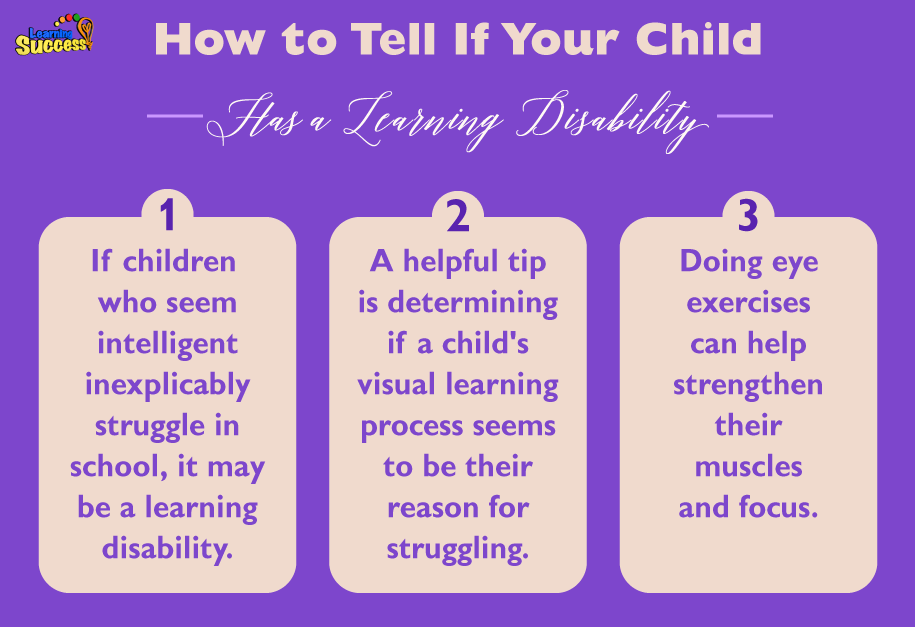
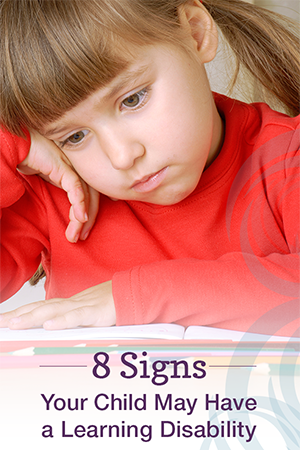
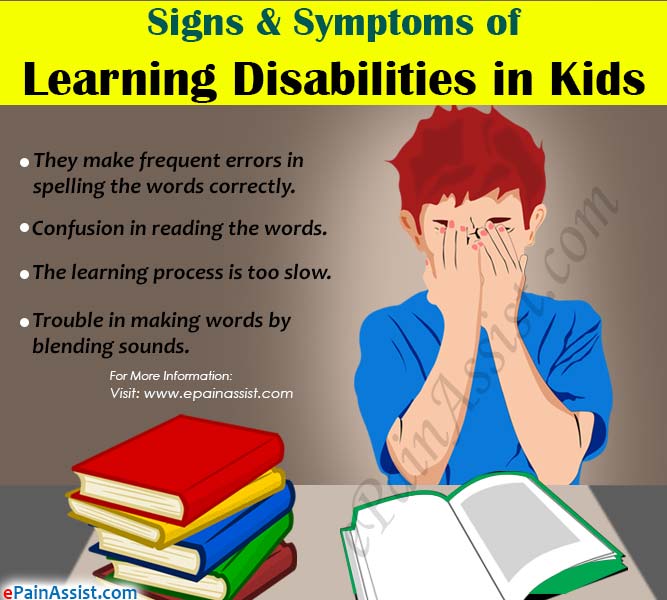
/GettyImages-649660769-5aa5cb47ba617700376792eb.jpg)
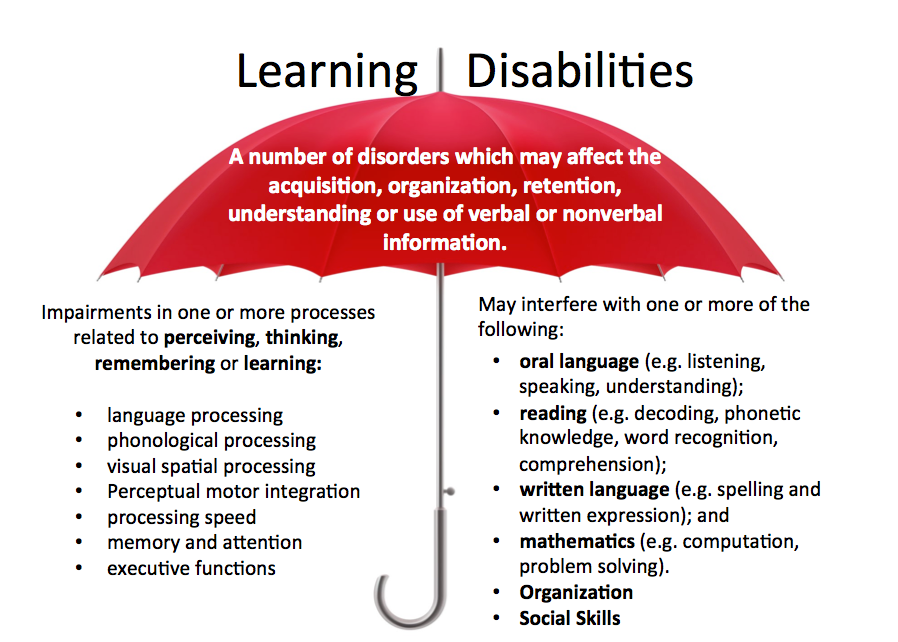
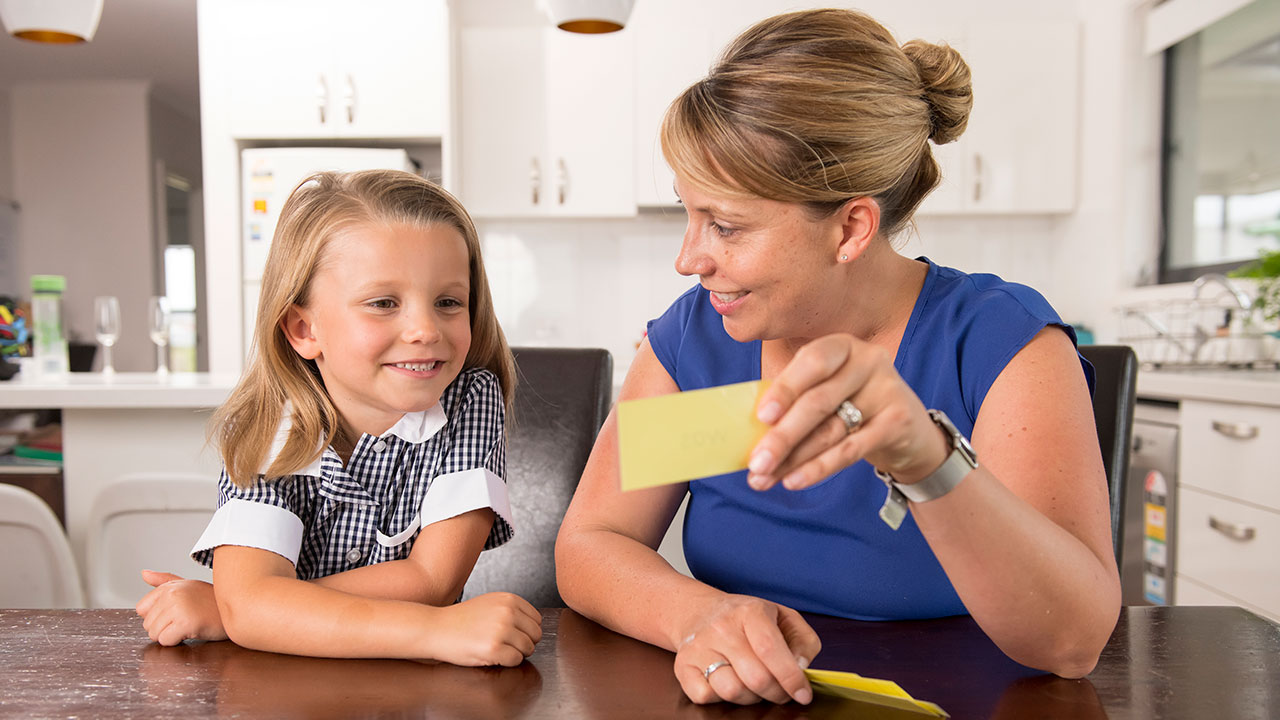
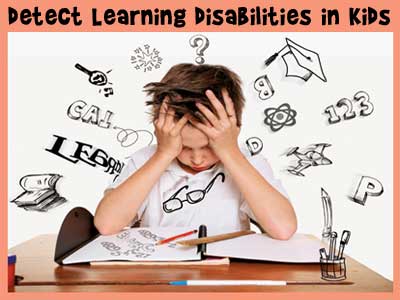










:max_bytes(150000):strip_icc()/paediatrician-checking-baby-boys-heart-using-stethoscope-558946221-59cae3b2d963ac0011b44663.jpg)